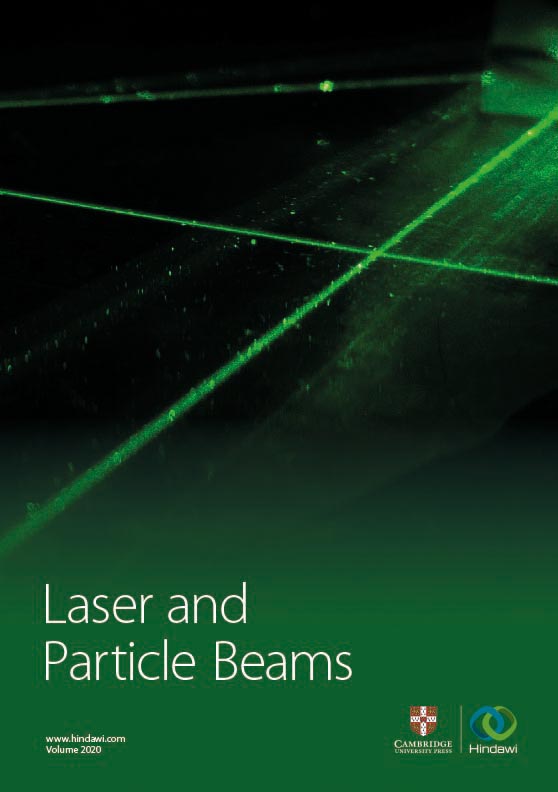 View fulltext
View fulltext
Porous materials have peculiar characteristics that are relevant for inertial confinement fusion (ICF). Among them, chemically produced foams are proved to be able to smooth the laser inhomogeneities and to increase the coupling of the laser with the target. Foams realized with other elements and techniques may prove useful as well for ICF applications. In this work, we explore the potential of a novel class of porous materials for ICF, namely, carbon nanofoams produced with the pulsed laser deposition (PLD) technique, by means of hydrodynamic numerical simulations. By comparison with a simulation of solid-density carbon, PLD nanofoams show a higher pressure at the shock front, which could make them potential good candidates as ablators for a capsule for direct-drive fusion.
Helium or neopentane can be used as surrogate gas fill for deuterium (D2) or deuterium-tritium (DT) in laser-plasma interaction studies. Surrogates are convenient to avoid flammability hazards or the integration of cryogenics in an experiment. To test the degree of equivalency between deuterium and helium, experiments were conducted in the Pecos target chamber at Sandia National Laboratories. Observables such as laser propagation and signatures of laser-plasma instabilities (LPI) were recorded for multiple laser and target configurations. It was found that some observables can differ significantly despite the apparent similarity of the gases with respect to molecular charge and weight. While a qualitative behaviour of the interaction may very well be studied by finding a suitable compromise of laser absorption, electron density, and LPI cross sections, a quantitative investigation of expected values for deuterium fills at high laser intensities is not likely to succeed with surrogate gases.
Liquid leaf targets show promise as high repetition rate targets for laser-based ion acceleration using the Target Normal Sheath Acceleration (TNSA) mechanism and are currently under development. In this work, we discuss the effects of different ion species and investigate how they can be leveraged for use as a possible laser-driven neutron source. To aid in this research, we develop a surrogate model for liquid leaf target laser-ion acceleration experiments, based on artificial neural networks. The model is trained using data from Particle-In-Cell (PIC) simulations. The fast inference speed of our deep learning model allows us to optimize experimental parameters for maximum ion energy and laser-energy conversion efficiency. An analysis of parameter influence on our model output, using Sobol’ and PAWN indices, provides deeper insights into the laser-plasma system.







